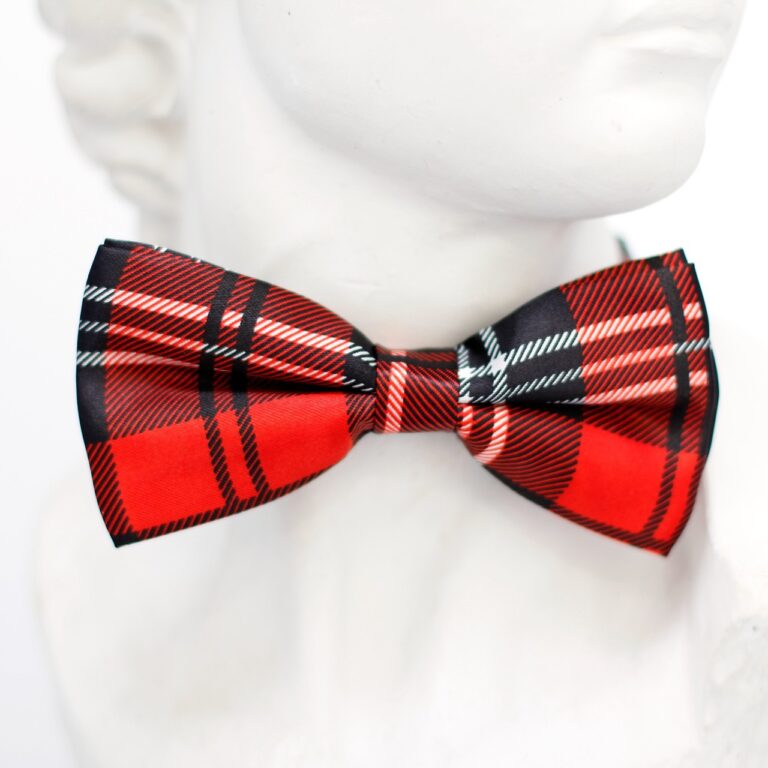The Business of Fashion Pricing Strategies and Dynamic Pricing
Fashion pricing strategies are crucial for brands to establish their positioning in the market and influence consumer perception. One common approach is cost-based pricing, where the price is set by adding a markup to the production cost. This method ensures that the company covers expenses and generates a profit margin.
Another widely used strategy is competition-based pricing, where prices are set based on the prices of similar products in the market. By aligning with competitors’ pricing, brands can stay competitive and attract price-sensitive customers. Additionally, value-based pricing focuses on the perceived value of the product in the eyes of the customers, allowing brands to charge premium prices for products with high perceived value.
Understanding the Role of Perceived Value in Pricing
Perceived value plays a pivotal role in determining the price of fashion products. Consumers are willing to pay more for a product they perceive as having high value, regardless of the actual cost of production. This perception is influenced by factors such as brand reputation, product quality, and unique features that set the product apart from its competitors.
In the competitive fashion industry, brands strive to create a sense of exclusivity and desirability around their products to enhance perceived value. By strategically positioning their products as premium or luxury items, brands can command higher prices and attract a niche market of consumers who are willing to pay a premium for the perceived status and prestige associated with owning these products.
Key Factors Influencing Fashion Pricing Decisions
Fashion pricing decisions are influenced by a myriad of factors that play a crucial role in determining the perceived value of a product. One significant factor is the production cost, including materials, labor, and overhead costs. Understanding and evaluating these costs accurately is essential in setting a competitive yet profitable price point for a fashion item.
Consumer demand and market trends also heavily impact fashion pricing decisions. By analyzing consumer preferences, buying behaviors, and the overall market landscape, fashion brands can adjust their pricing strategies to meet the needs and expectations of their target audience. Additionally, factors such as brand positioning, exclusivity, and perceived quality can significantly influence how consumers perceive the value of a fashion product, ultimately affecting pricing decisions.
What are some common fashion pricing strategies?
Some common fashion pricing strategies include value-based pricing, cost-based pricing, competition-based pricing, and dynamic pricing.
How does perceived value impact fashion pricing decisions?
Perceived value plays a crucial role in fashion pricing decisions as it influences how customers perceive the worth of the product and how much they are willing to pay for it.
What are some key factors that influence fashion pricing decisions?
Some key factors influencing fashion pricing decisions include production costs, brand positioning, target market demographics, competition, and current market trends.
How does brand positioning affect fashion pricing?
Brand positioning plays a significant role in fashion pricing decisions as luxury or high-end brands can command higher prices due to their perceived value and exclusivity.
How can fashion retailers use dynamic pricing to their advantage?
Fashion retailers can use dynamic pricing to adjust prices in real-time based on demand, seasonality, and other market factors to maximize profits and sales.







